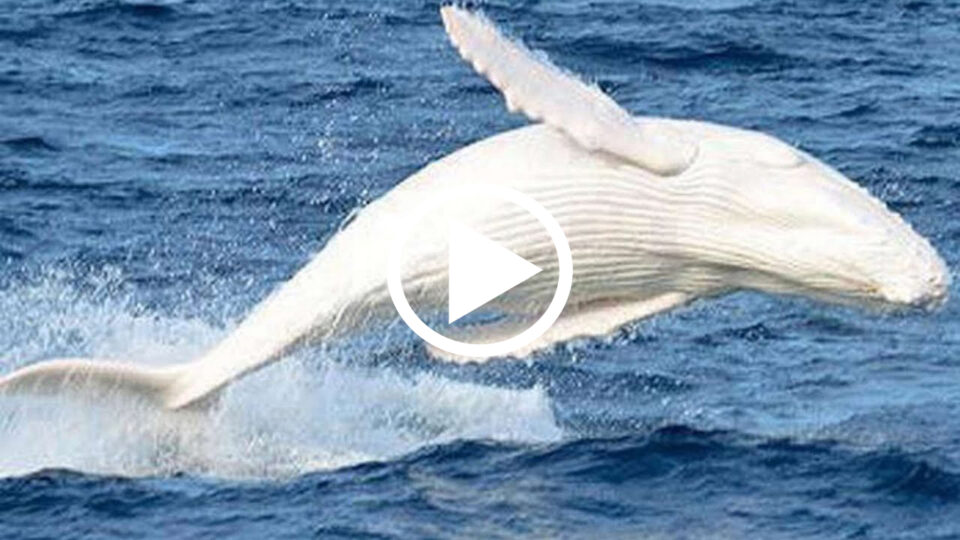These mighty creatures fill our oceans with their beauty. They are the largest mammals on the planet, and they are majestic to look at.
Because of their size, certain people might be afraid of them, but whales are mostly harmless. There are so many different varieties of whales in our oceans, you might be surprised when we show you 15 whales you won’t believe actually exist.
FIN WHALES The fin whale is the second largest animal to ever live in the entire history of Earth.
Reaching lengths of at least 85 feet and weights of 80 tons, this species is second only to its close relative, the blue whale. Their incredible size is only possible because of their aquatic lifestyles and the buoyancy provided by seawater.
On land, an animal as large as the fin whale would be crushed under its own weight. Interestingly, though they are enormous, fin whales are not predatory.
They filter feed for tiny krill or small pelagic fishes and are harmless to people other than through accidental collisions.
Like all whales, fin whales are mammals and give live birth to very large calves. Because the female provides milk for its babies, she must store extra energy reserves and is consequentially larger than males.
All the record fin whales are female. We know fin whales for the strange color pattern on their heads.
Like many open ocean species, the back is dark while the underside is white.
On the head, however, the coloration is asymmetric, with the right lower jaw being mostly white and the left lower jaw being mostly dark.
Fin whales have a global distribution and live in every ocean except the parts of the Arctic that remain covered with ice throughout most of the year. Though they are fast, fin whales were a favorite target of commercial whaling operations during the middle of the 20th century, and they were hunted into the 1980s.
In fact, Iceland recently re-established a commercial hunt of fin whales, so even today, hunters threaten the species.
MINKE WHALES The minke whale is the second smallest of the baleen whale, and in the north Pacific has been largely under-studied due to its elusive nature.
Minke whales can be hard to research; they are fast, observed swimming at speeds of 30 km/h, and their surfacing can be sporadic and hard to follow.
The ‘blow’ of a minke whale is rarely seen- though smelt easily if upwind by observers, earning this species the nickname ‘stinky minke’.
Minke whales are seen to be quite loyal to summer feeding areas and individuals have appeared in the same site year after year.
Minke whales are individually identifiable by coloration and scarring on their dorsal surfaces and flanks, and hopefully further photo-identification will give more answers about their movements and numbers.
The biggest predator of the minke whale is the transient killer whale. Minke whales attempt to avoid these attacks by fleeing directionally at a high speed.
In attempt to outswim transient killer whales, minkes will maintain speeds between 15-30km/h for up to one hour.
Killer whales may be able to out sprint the minke, but the long-distance endurance of the minke in open water is their best antipredation tactic.


